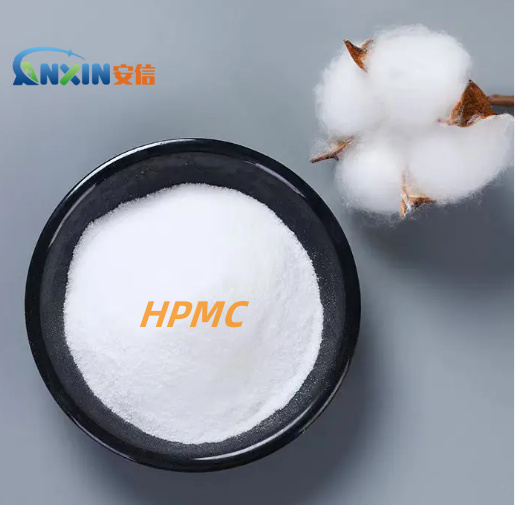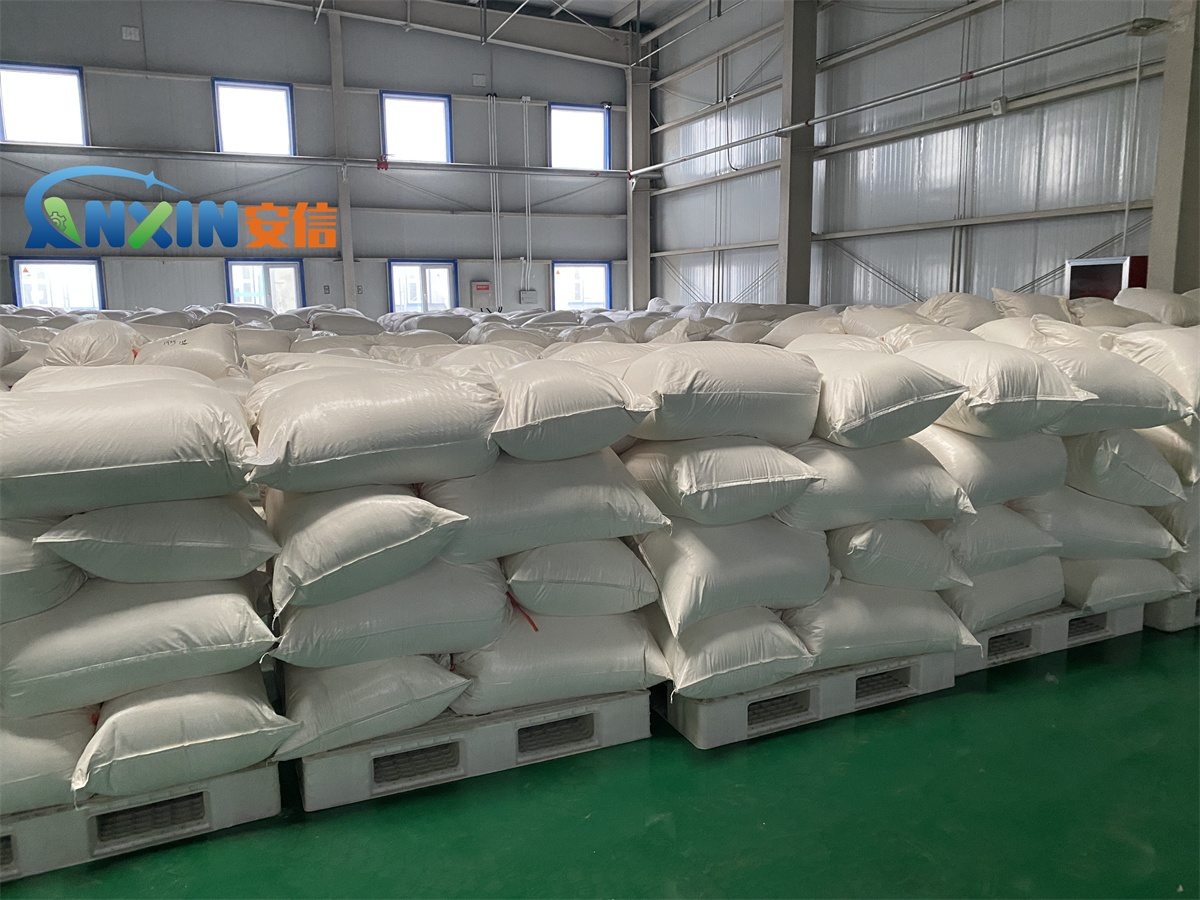Hydroxypropyl methylcellulose (HPMC) is a versatile polymer commonly used in a wide range of applications, including pharmaceuticals, food products, cosmetics, and industrial uses. The quality of HPMC can vary depending on factors such as molecular weight, viscosity, degree of substitution (DS), and purity, which directly influence its performance in specific applications.

Key Factors Affecting the Quality of Hydroxypropyl Methylcellulose
Molecular Weight
Molecular weight (MW) refers to the size of the AnxinCel®HPMC molecule and plays a significant role in determining its viscosity and solubility. Higher molecular weight HPMC tends to have higher viscosity, which is useful in applications like drug release or as a thickening agent in various formulations.
Low Molecular Weight (LMW): Quick dissolution, lower viscosity, more suitable for applications like coatings and film-forming.
High Molecular Weight (HMW): Slower dissolution, higher viscosity, more suitable for thickening, gelling, and controlled drug release systems.
Degree of Substitution (DS)
The degree of substitution refers to the extent to which the hydroxyl groups on the cellulose backbone are substituted by methyl and hydroxypropyl groups. This factor affects the solubility and rheological properties of the polymer.
Low DS: Reduced water solubility, higher gel strength.
High DS: Increased water solubility, reduced gel strength, and better controlled release properties in pharmaceuticals.
Viscosity
Viscosity is a crucial factor in determining how well HPMC can perform in thickening, stabilizing, and gelling applications. Higher viscosity HPMC is used in applications like emulsions, suspensions, and hydrogels, while lower viscosity grades are ideal for food and pharmaceutical formulations.
Low Viscosity: Typically used in food, personal care, and pharmaceutical formulations for film formation and binding.
High Viscosity: Used in pharmaceutical controlled-release formulations, high-strength gels, and as thickeners in industrial products.

Purity
The level of impurities, such as residual solvents, inorganic salts, and other contaminants, can significantly affect the performance of AnxinCel®HPMC. Higher purity grades are often required in pharmaceutical and food applications.
Pharmaceutical Grade: Higher purity, often accompanied by tighter control on residual solvents and contaminants.
Industrial Grade: Lower purity, acceptable for non-consumable or non-therapeutic applications.
Solubility
The solubility of HPMC in water depends on both its molecular weight and the degree of substitution. Typically, HPMC is soluble in cold water, making it an excellent choice for a wide range of applications that require water-based formulations.
Low Solubility: Less soluble, used for controlled-release systems.
High Solubility: More soluble, ideal for applications requiring fast dissolution.
Thermal Stability
The thermal stability of HPMC is a key factor, especially in industries that involve processing at high temperatures. Higher thermal stability can be essential in applications like tablet coatings and in the food industry.
Gel Strength
Gel strength refers to the ability of HPMC to form a gel when mixed with water. Higher gel strength is desired in applications such as controlled-release drug delivery systems, and low gel strength is typically preferred in applications like suspensions and emulsions.
Comparative Table: Quality Aspects of Hydroxypropyl Methylcellulose
|
Factor |
Low Quality HPMC |
High Quality HPMC |
Impact on Performance |
| Molecular Weight | Lower molecular weight (LMW) | Higher molecular weight (HMW) | LMW dissolves faster, HMW provides higher viscosity and thicker gels. |
| Degree of Substitution (DS) | Low DS (less substitution) | High DS (more substitution) | Low DS gives better gel strength, high DS improves solubility. |
| Viscosity | Low viscosity, quick dissolving | High viscosity, thickening, gel-forming | Low viscosity suitable for easy dispersion, high viscosity for stabilization and sustained release. |
| Purity | Higher levels of impurities (inorganic salts, solvents) | Higher purity, minimal residual impurities | High purity ensures safety and effectiveness, especially in pharmaceuticals and food. |
| Solubility | Poor solubility in cold water | Good solubility in cold water | High solubility is useful for coatings and rapid-release applications. |
| Thermal Stability | Lower thermal stability | Higher thermal stability | High thermal stability preferred in high-temperature environments. |
| Gel Strength | Low gel strength | High gel strength | High gel strength necessary for controlled release and gelling systems. |
| Appearance | Yellowish or off-white, inconsistent texture | White to off-white, smooth texture | High-quality HPMC will have uniform appearance, indicating consistency in production. |

Application-based Quality Considerations
Pharmaceutical Industry: In pharmaceutical formulations, the purity, viscosity, molecular weight, and gel strength are crucial factors for the performance of HPMC. The controlled release of active pharmaceutical ingredients (APIs) is heavily dependent on the properties of the HPMC, where high molecular weight and appropriate degree of substitution allow for more effective sustained-release formulations
Food Industry: For food products, especially in applications like food coatings, texturizing agents, and emulsifiers, HPMC of lower viscosity and moderate solubility is often preferred. High-quality food-grade HPMC ensures consumer safety and meets the standards for consumption.
Cosmetic and Personal Care: In cosmetics, AnxinCel®HPMC is used for emulsification, thickening, and film-forming. Here, viscosity and solubility are essential to creating stable formulations like lotions, creams, and hair products.
Industrial Uses: In industrial applications, such as in paints, adhesives, and coatings, high viscosity HPMC grades are commonly used for thickening and film formation. The focus on thermal stability, purity, and viscosity is paramount in ensuring optimal product performance in harsh conditions.
The quality of Hydroxypropyl Methylcellulose can significantly influence its performance across different industries. By understanding the factors that contribute to its quality—such as molecular weight, degree of substitution, viscosity, purity, solubility, and thermal stability—you can select the right grade for each application. Whether for pharmaceutical use, food production, or industrial manufacturing, ensuring that the right quality grade of HPMC is chosen will enhance the efficiency and effectiveness of the final product.
Post time: Jan-27-2025